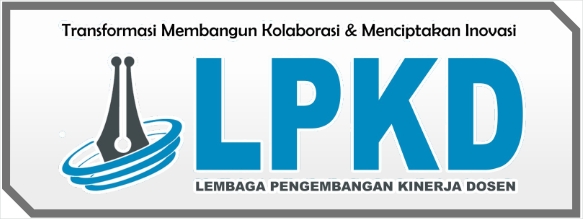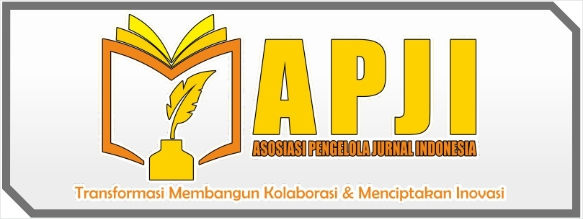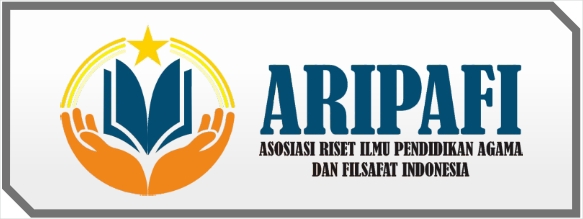Peningkatan Partisipasi Siswa dalam Menghindari Pergaulan Bebas dan Perbuatan Keji Melalui Activity Based Learning Kelas XI Madrasah Aliyah Bulukunyi Tahun Pelajaran 2024/2025
DOI:
https://doi.org/10.61132/hidayah.v2i1.755Keywords:
Activity Based Learning, Immoral Behavior, Madrasah Aliyah, Promiscuity, Student ParticipationAbstract
His study aims to increase student participation in avoiding promiscuity and immoral behavior through the implementation of the Activity Based Learning (ABL) model in Grade XI at Madrasah Aliyah Bulukunyi during the 2024/2025 academic year. The research method used is classroom action research (CAR) following the Kemmis and McTaggart model, which consists of two cycles involving planning, action, observation, and reflection. The subjects of this study were 30 Grade XI students, with data collected through observations, questionnaires, interviews, and evaluation tests. The results indicate that the Activity Based Learning approach significantly improves student participation. In the first cycle, student participation reached 68%, while in the second cycle, it increased to 85%. Moreover, students demonstrated greater awareness of the dangers of promiscuity and immoral behavior, as reflected in the questionnaire and interview results. Based on these findings, it can be concluded that the Activity Based Learning model is effective in increasing student participation and instilling moral values and positive character in their daily lives.
References
Agustina, P., & dkk. (2019). Analisis faktor penyebab terjadinya kejenuhan belajar pada siswa dan usaha guru BK untuk mengatasinya. Jurnal Ilmiah Mahasiswa Bimbingan dan Konseling, 4(1), 96–102.
Ahmar, H., Budi, P., Ahmad, M., Mushawwir, A., & Khaidir, Z. (2020). Penerapan model pembelajaran problem-based learning: Literature review. Jurnal Keperawatan Muhammadiyah, 10–17. http://journal.um-surabaya.ac.id/index.php/JKM
Ariyani, B., & Kristin, F. (2021). Model pembelajaran problem-based learning untuk meningkatkan hasil belajar IPS siswa SD. Jurnal Ilmiah Pendidikan dan Pembelajaran, 5(3), 353. https://doi.org/10.23887/jipp.v5i3.36230
Farias, R. L. S., Ramos, R. O., & da Silva, L. A. (2009). Model dan metode. Computer Physics Communications, 180, 1–10.
Haryanto, D. P. (2007). Inovasi pembelajaran. Perspektif Ilmu Pendidikan, 16(VIII), 102–119. https://doi.org/10.21009/pip.162.11
Khaironi, M. (2017). Pendidikan karakter anak usia dini. Jurnal Golden Age, 1(2), 82. https://doi.org/10.29408/goldenage.v1i02.546
Khaulani, F., Neviyarni, S., & Irdamurni, I. (2020). Fase dan tugas perkembangan anak sekolah dasar. Jurnal Ilmiah Pendidikan Dasar, 7(1), 51. https://doi.org/10.30659/pendas.7.1.51-59
Kholid, M., & Irawan, A. S. (2023). Fenomena maraknya perkawinan anak di bawah umur di era pandemi perspektif gender. As-Sakinah Journal of Islamic Family Law, 1(2), 81–98. https://doi.org/10.55210/jhki.v1i2.326
Kurniati, K. N., & Watini, S. (2022). Implementasi metode bernyanyi asyik dalam meningkatkan semangat belajar anak di Raudhatul Athfal Al Islam Petalabumi. Aksara: Jurnal Ilmu Pendidikan Nonformal, 8(3), 1873–1892. https://doi.org/10.37905/aksara.8.3.1873-1892.2022
Kusuma, A. W. (2018). Meningkatkan kerjasama siswa dengan metode jigsaw. Konselor, 7(1), 26–30. https://doi.org/10.24036/02018718458-0-00
Muhaemin, B. (2013). Urgensi motivasi dalam meningkatkan semangat belajar siswa. Adabiyah, XIII(1), 47–54. http://journal.uin-alauddin.ac.id/index.php/adabiyah/article/view/321
Nurhidayah, I. J., Wibowo, F. C., & Astra, I. M. (2021). Project-based learning (PjBL) learning model in science learning: Literature review. Journal of Physics: Conference Series, 2019(1), 3–9. https://doi.org/10.1088/1742-6596/2019/1/012043
Prihantoro, A., & Hidayat, F. (2019). Melakukan penelitian tindakan kelas. Ulumuddin: Jurnal Ilmu-Ilmu Keislaman, 9(1), 49–60. https://jurnal.ucy.ac.id/index.php/agama_islam/index
Tanjung, W. U., & Namora, D. (2022). Kreativitas guru dalam mengelola kelas untuk mengatasi kejenuhan belajar siswa di Madrasah Aliyah Negeri. Jurnal Pendidikan Agama Islam Al-Thariqah, 7(1), 199–217. https://doi.org/10.25299/al-thariqah.2022.vol7(1).9796
Tri Septiawan, A., Rakhamdi, A., & Kurniawan, A. P. (2013). Pengenalan dan pembelajaran cara membaca Alquran (Ilmu Tajwid) berbasis mobile Android. International Journal of Ambient Systems and Applications, 1(1), 1–9.













